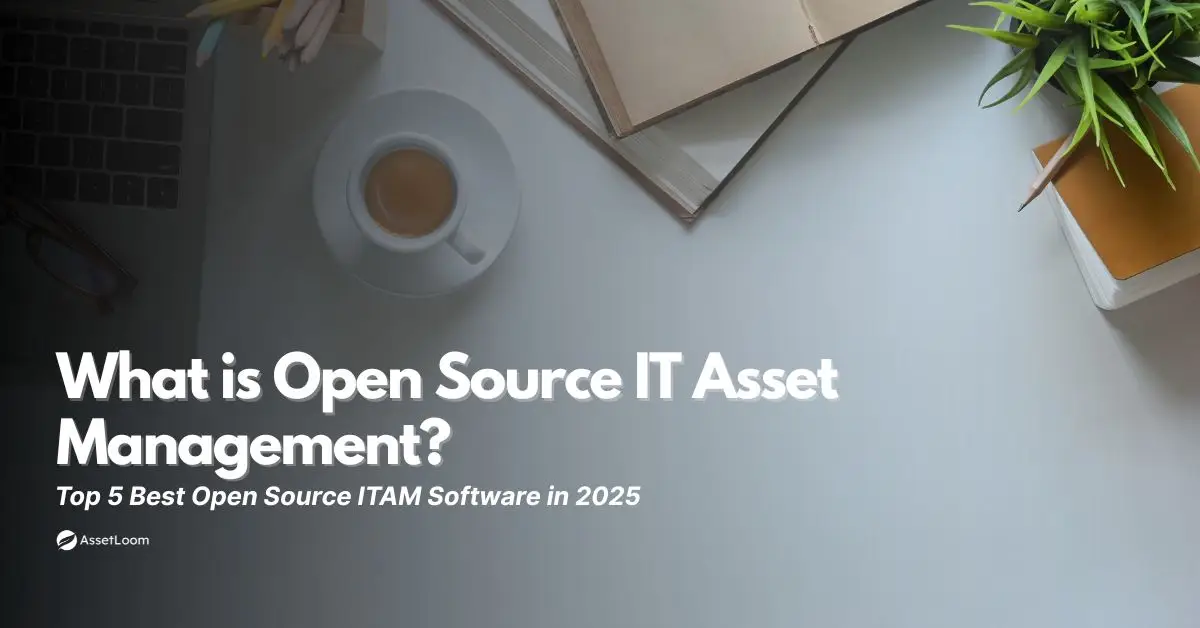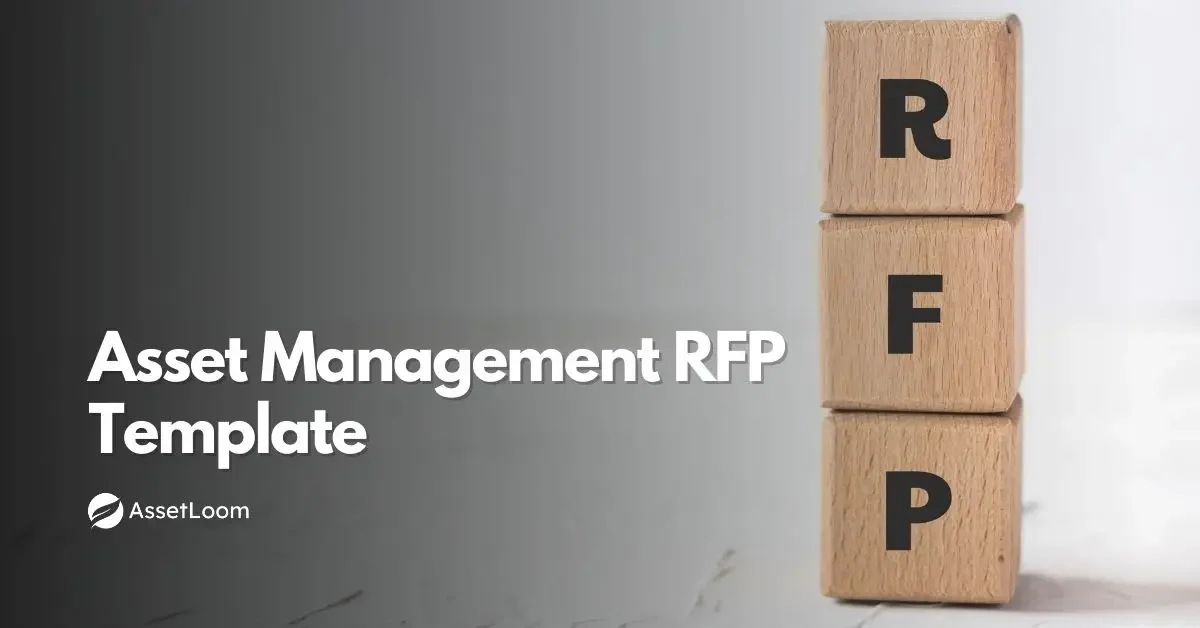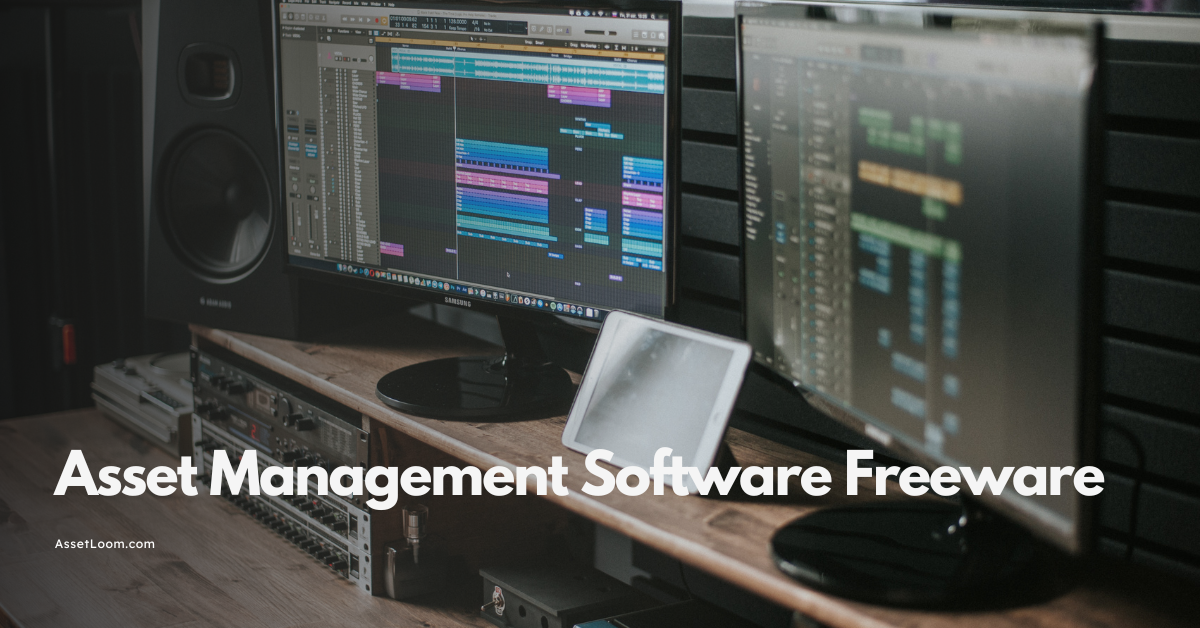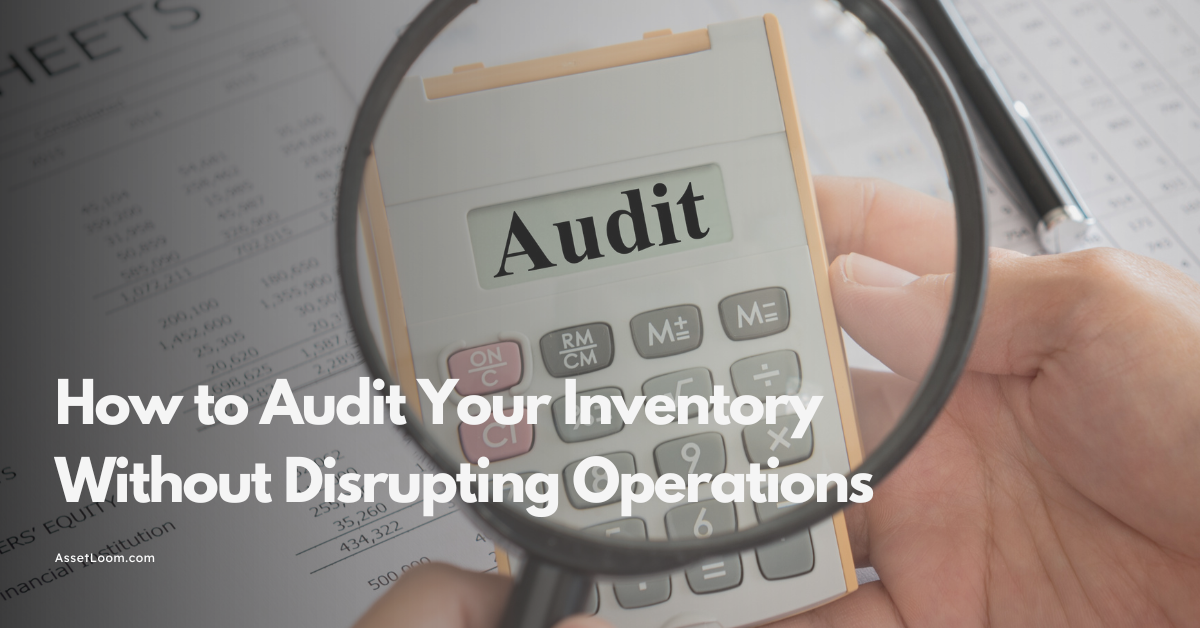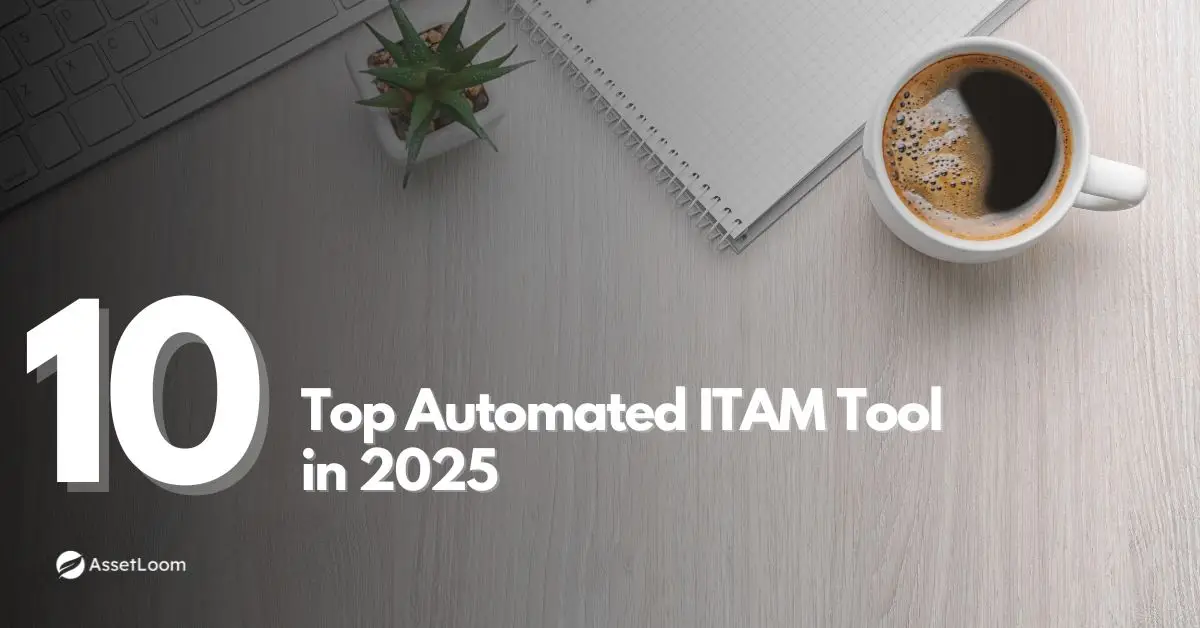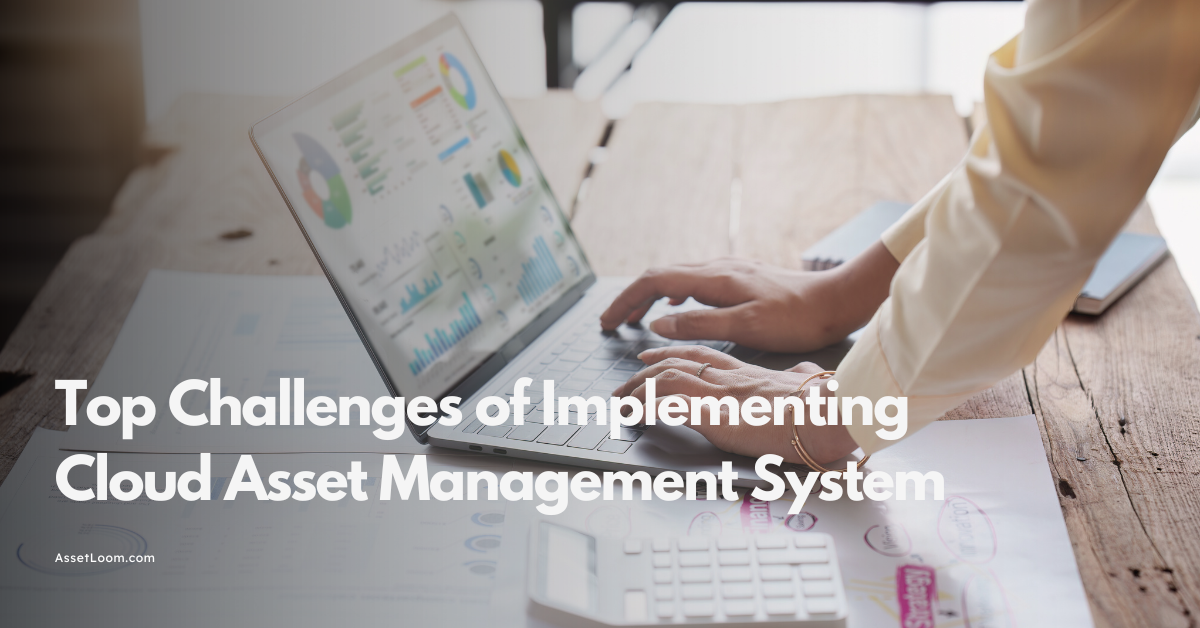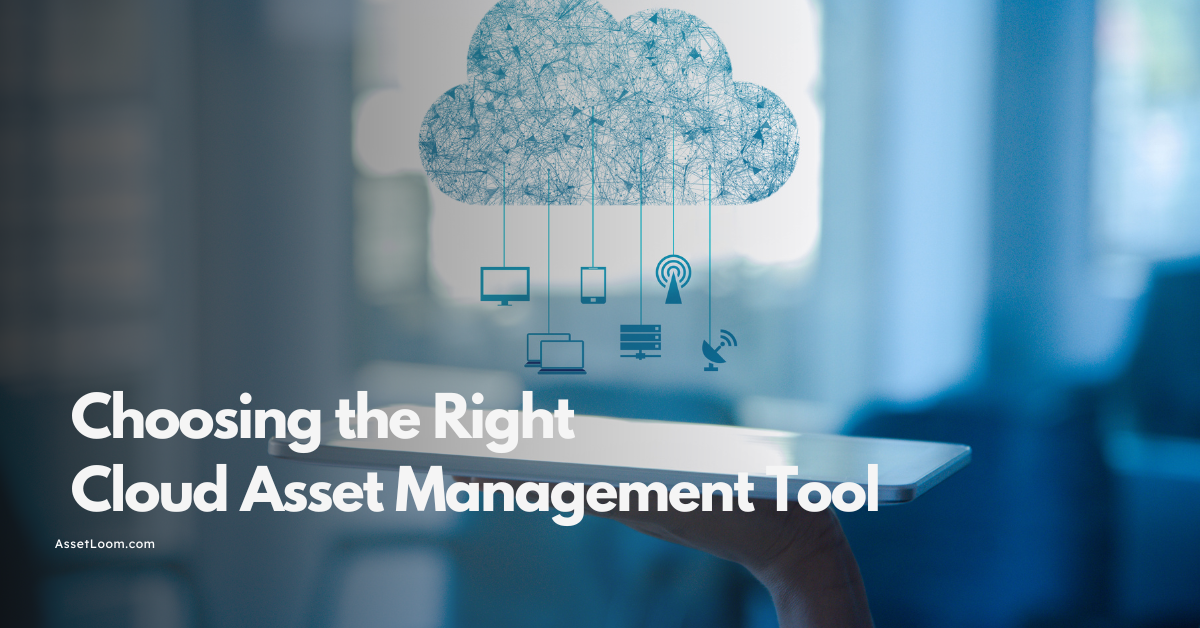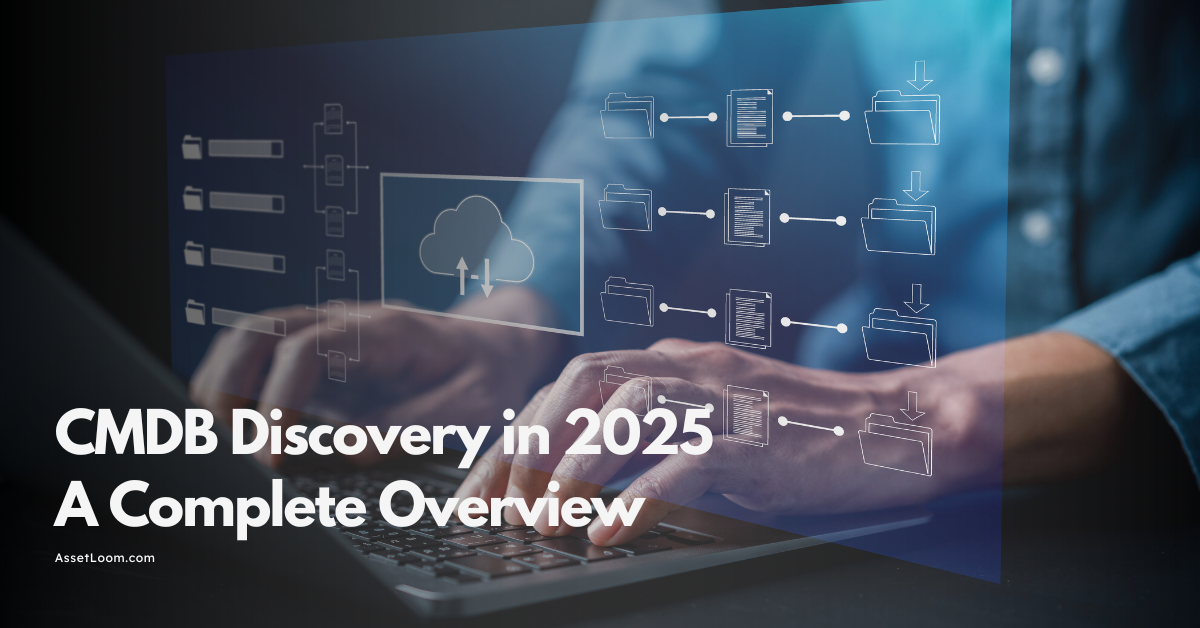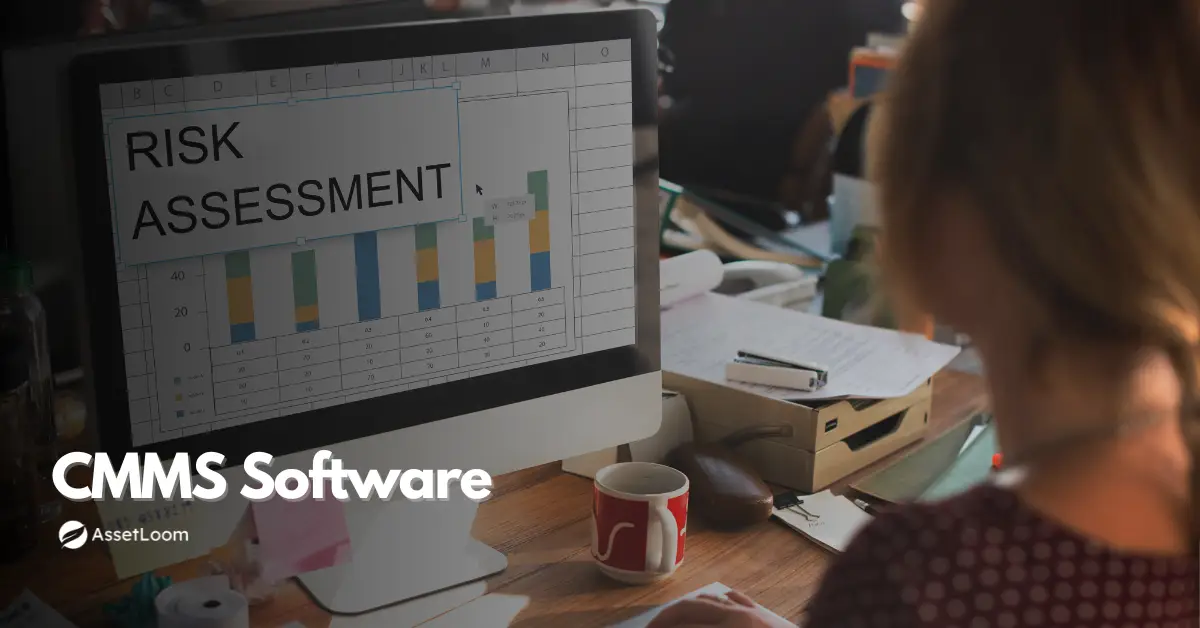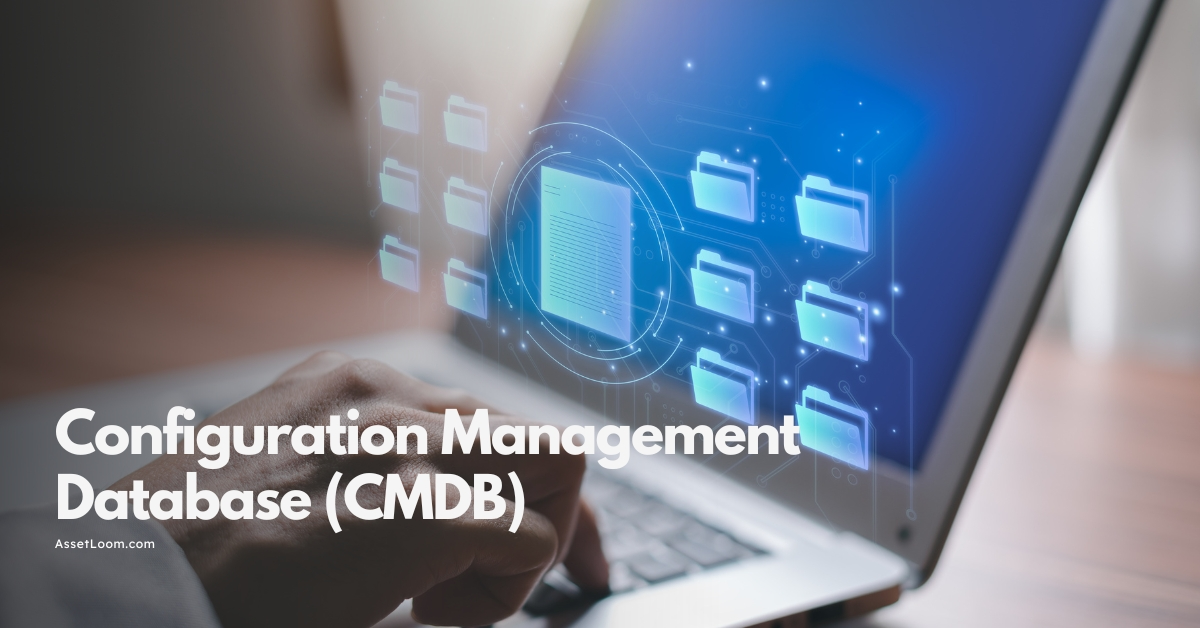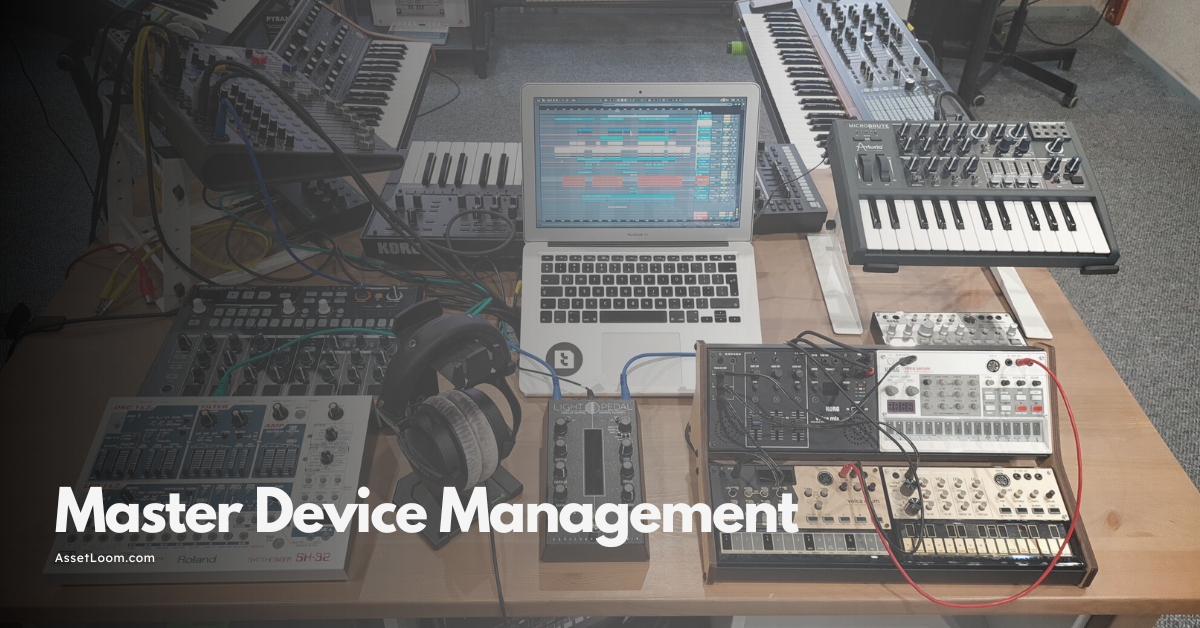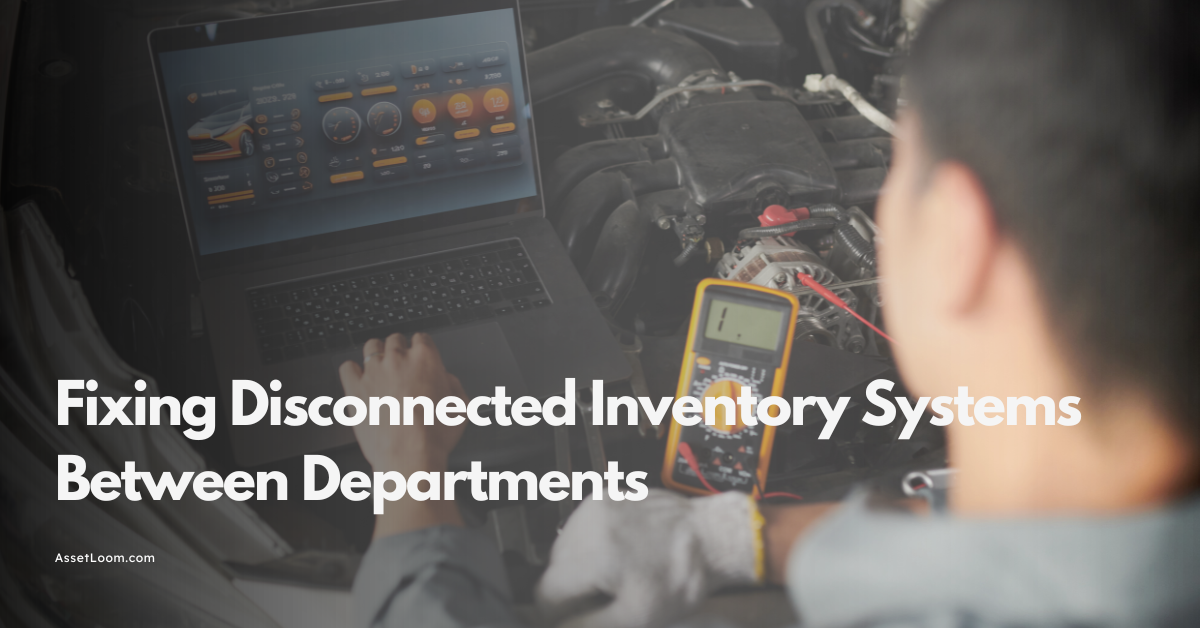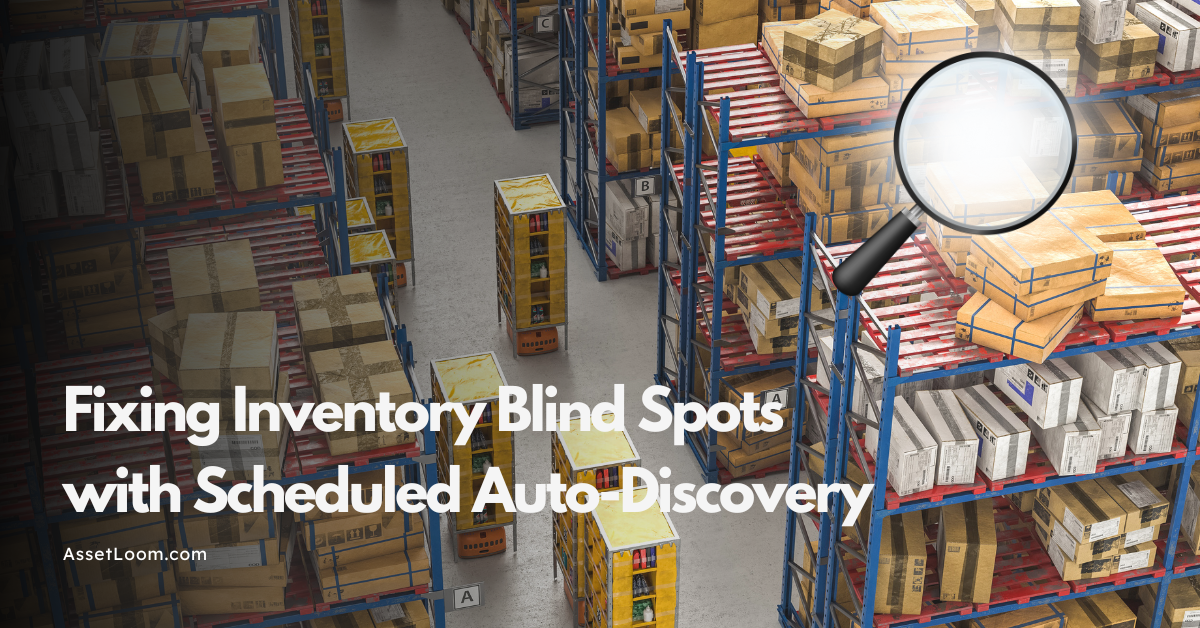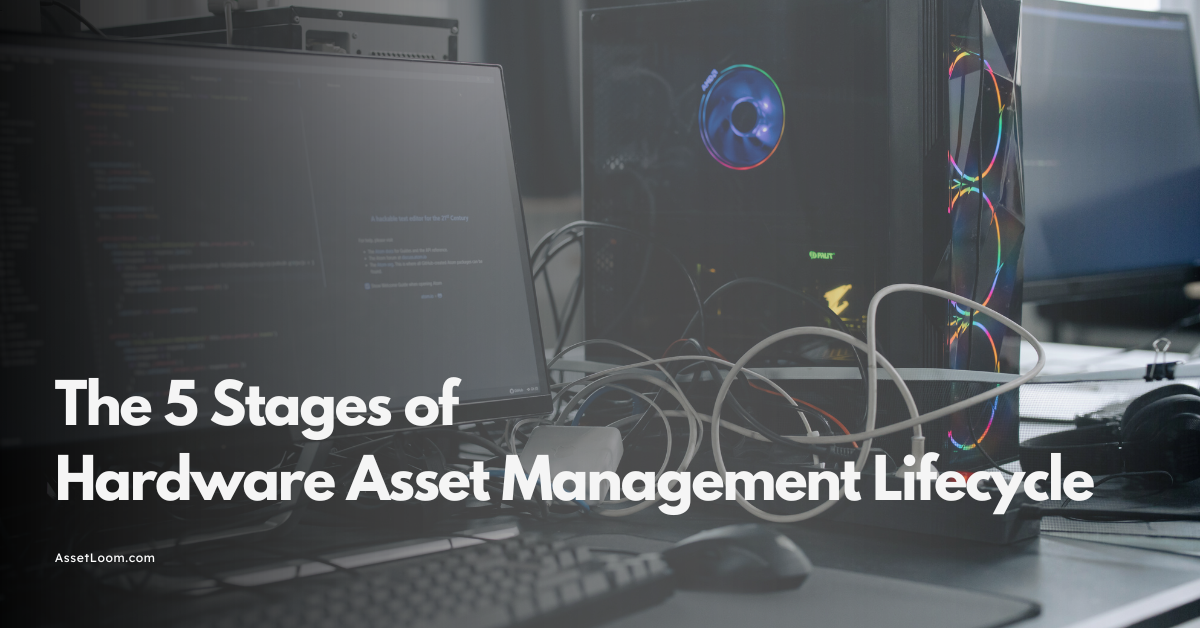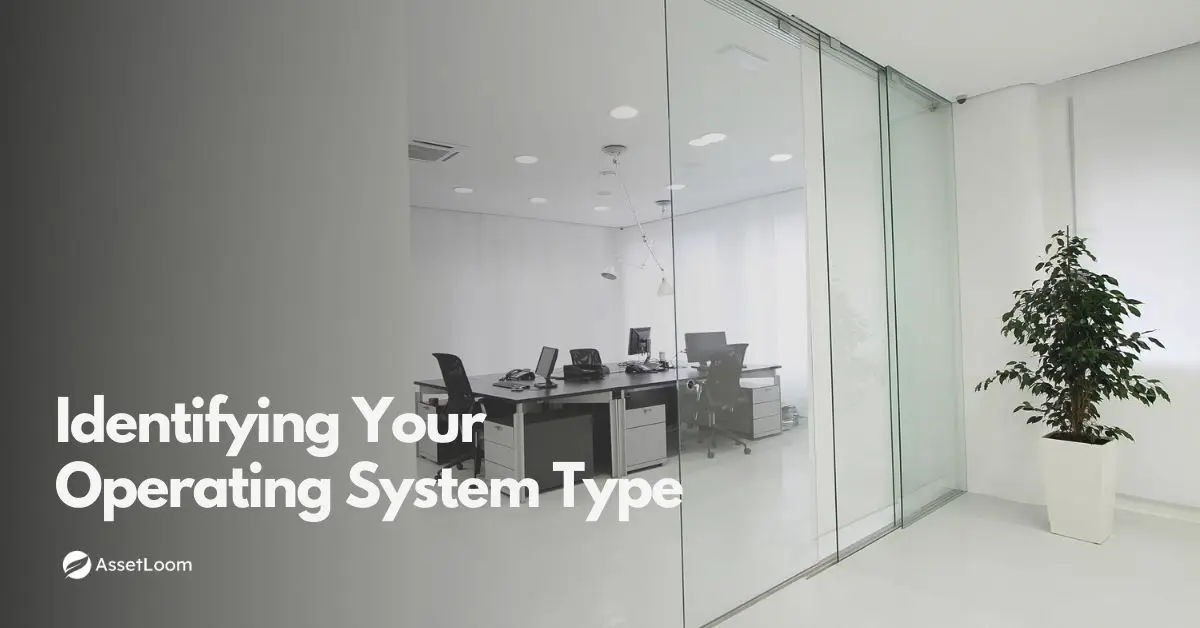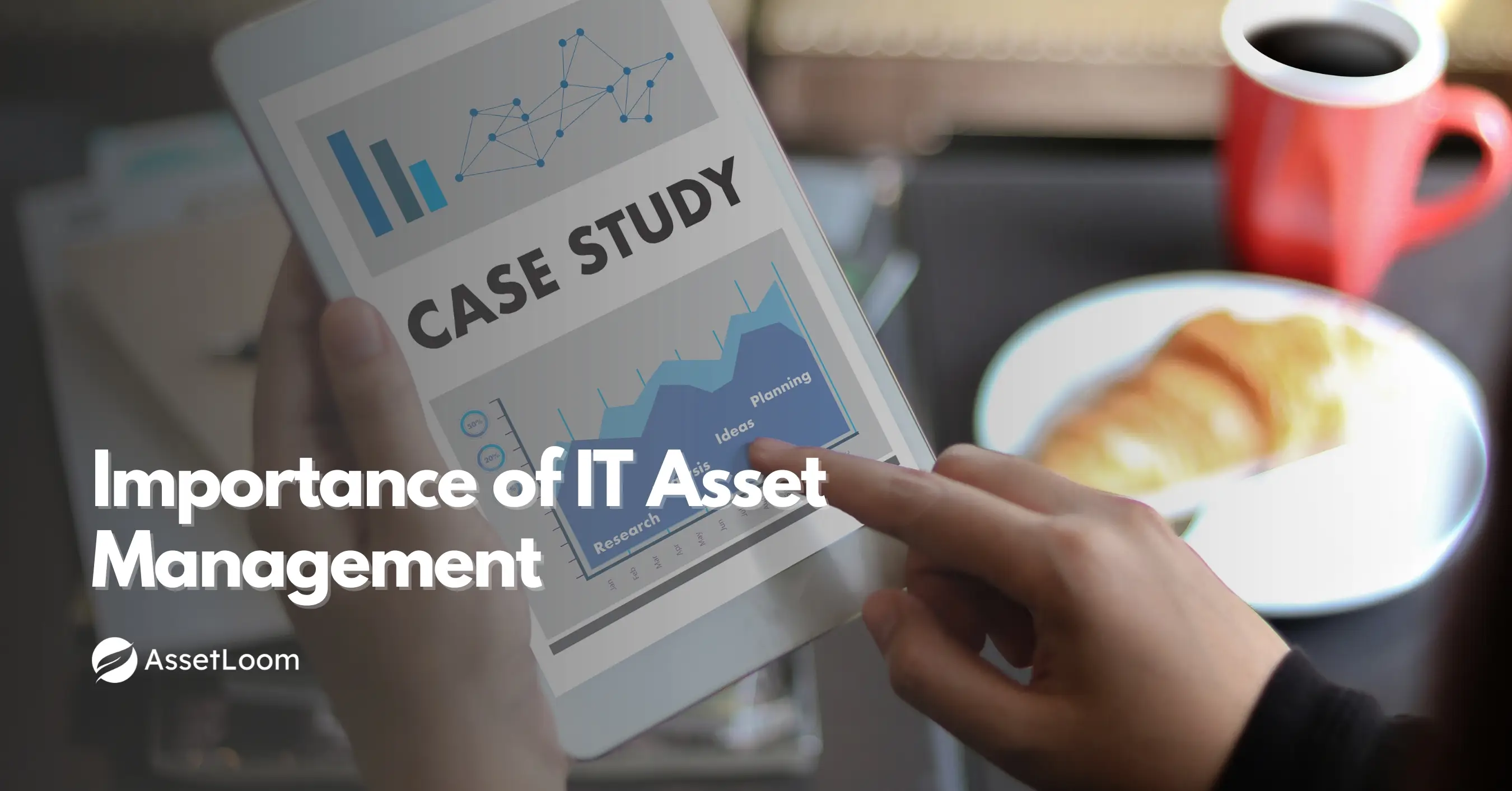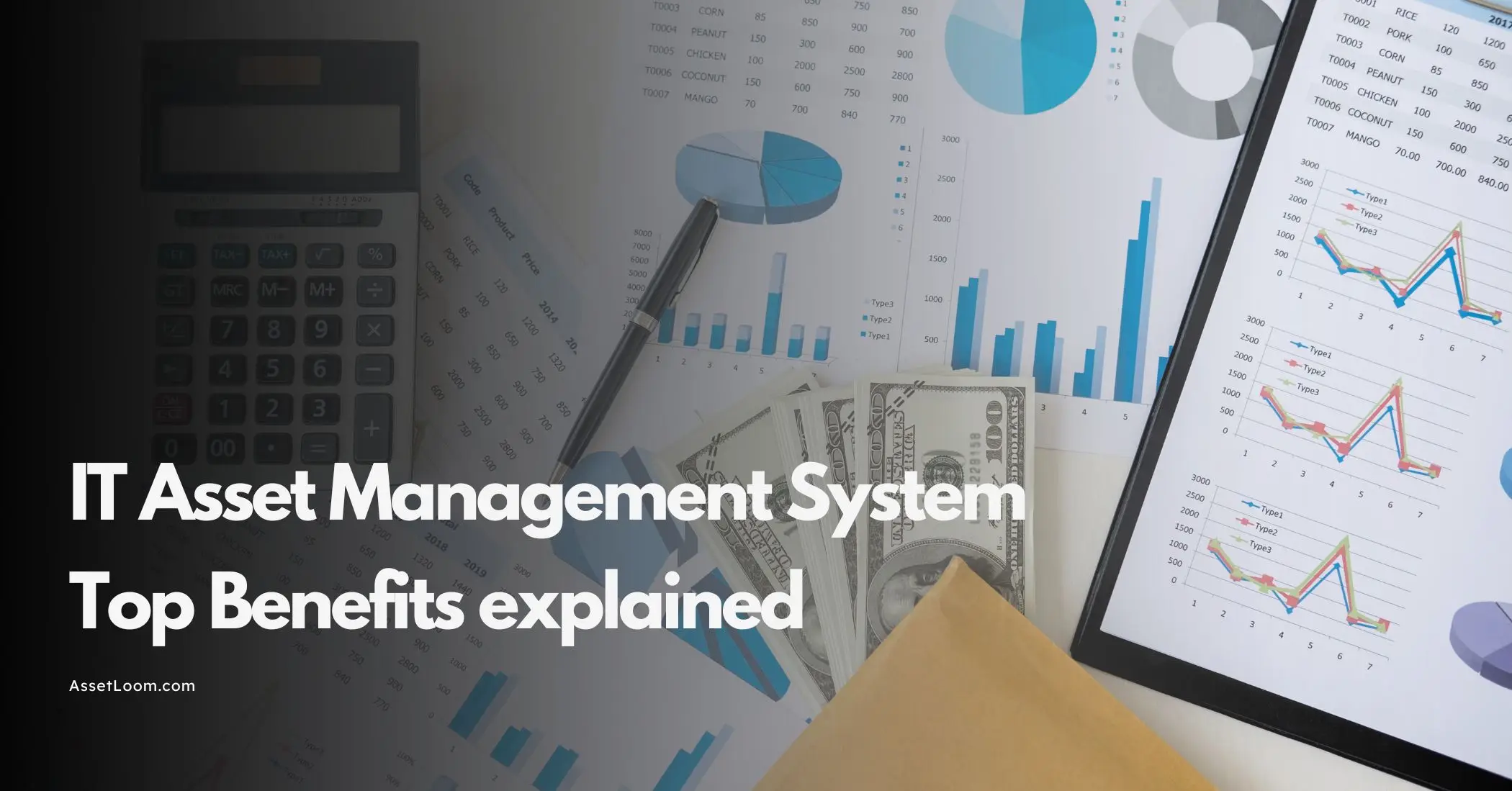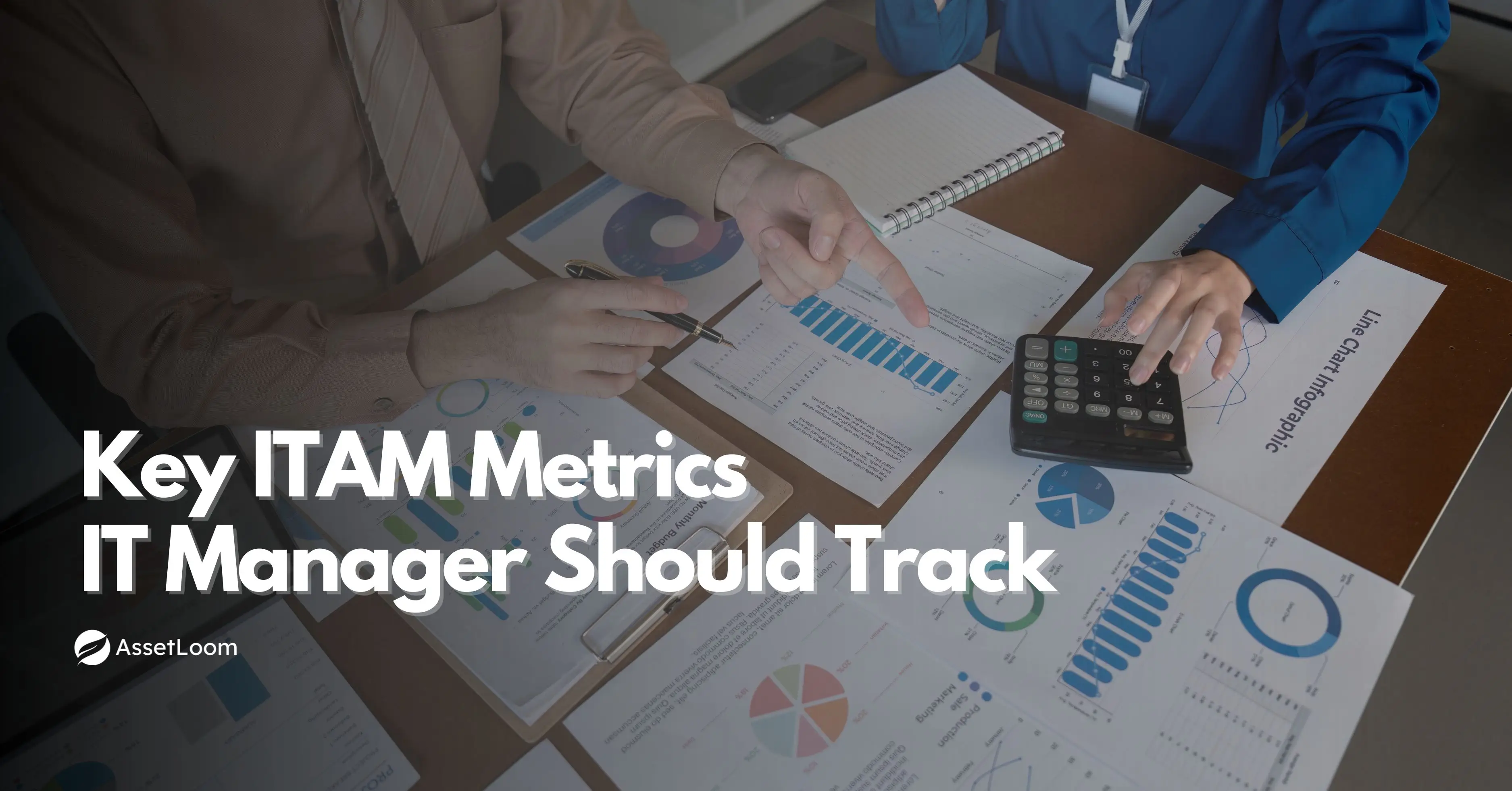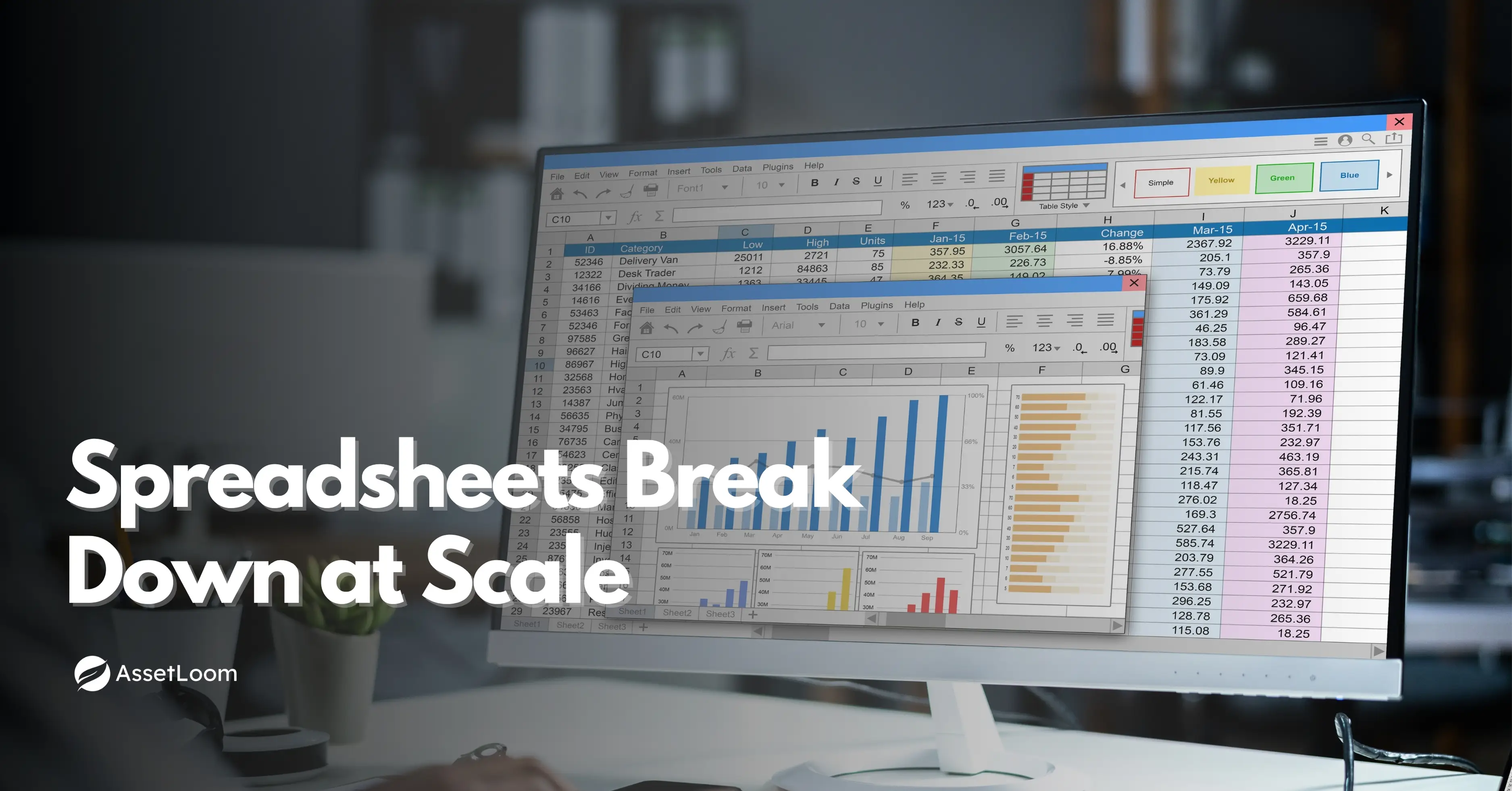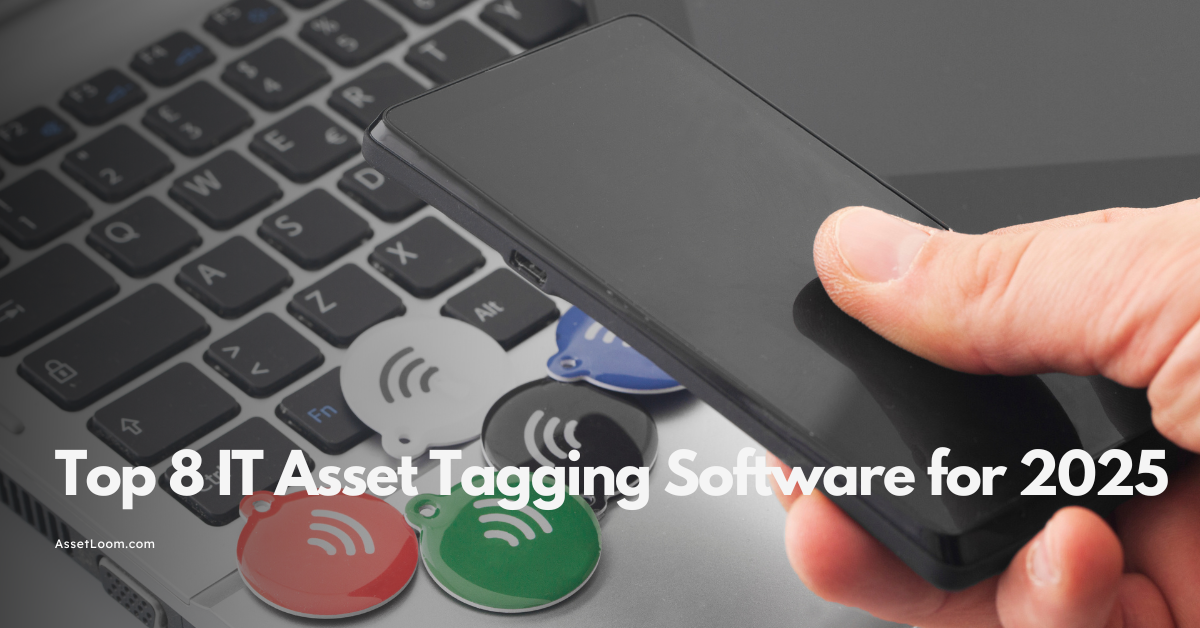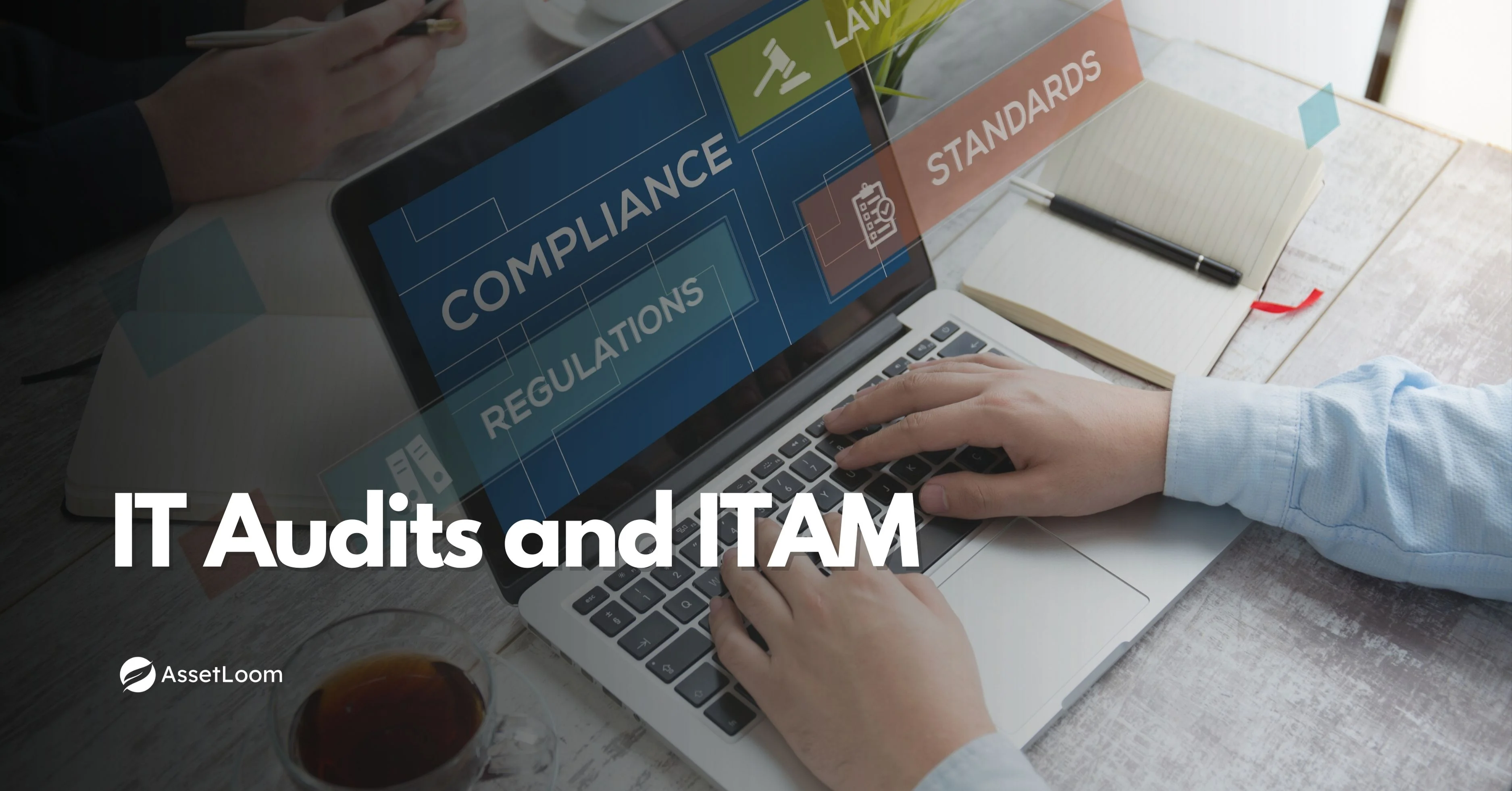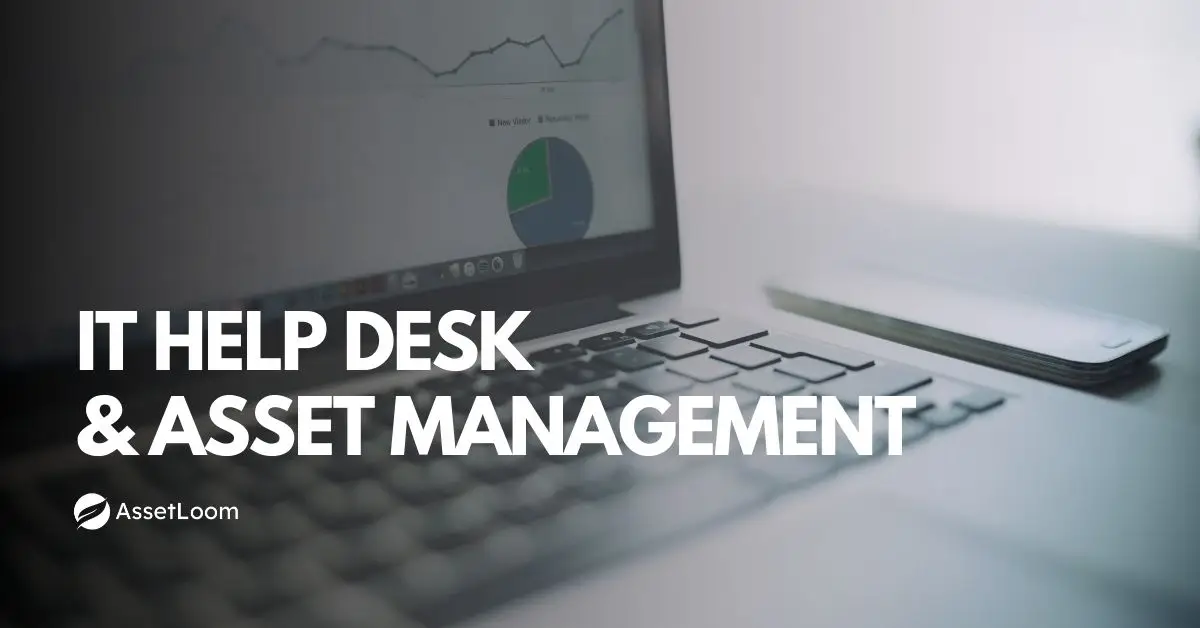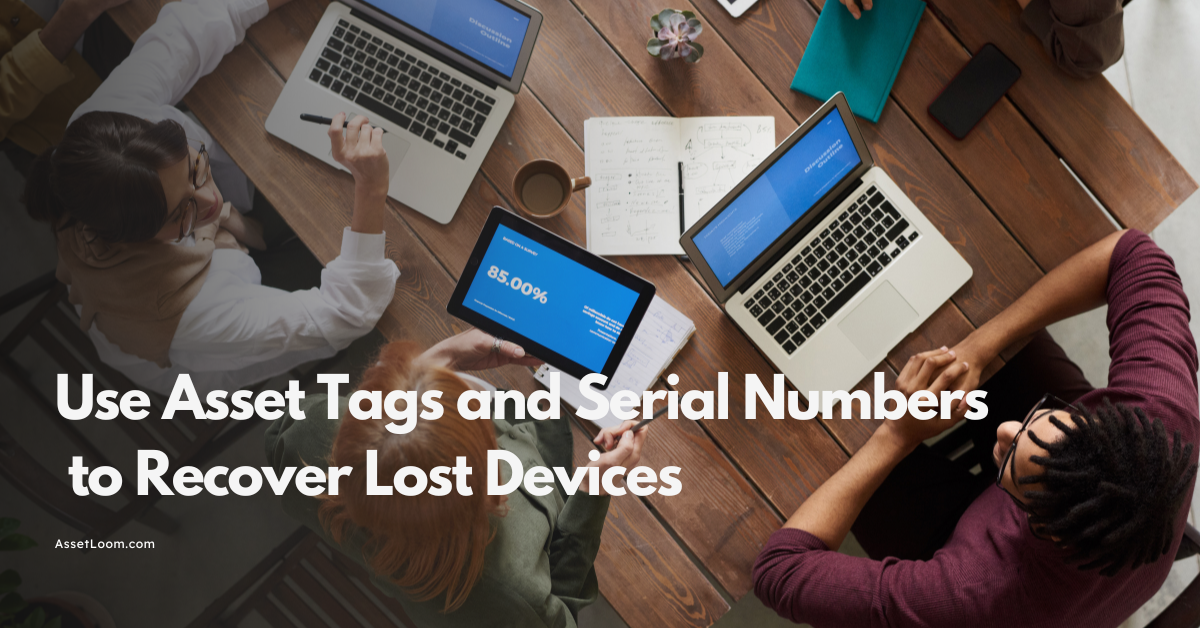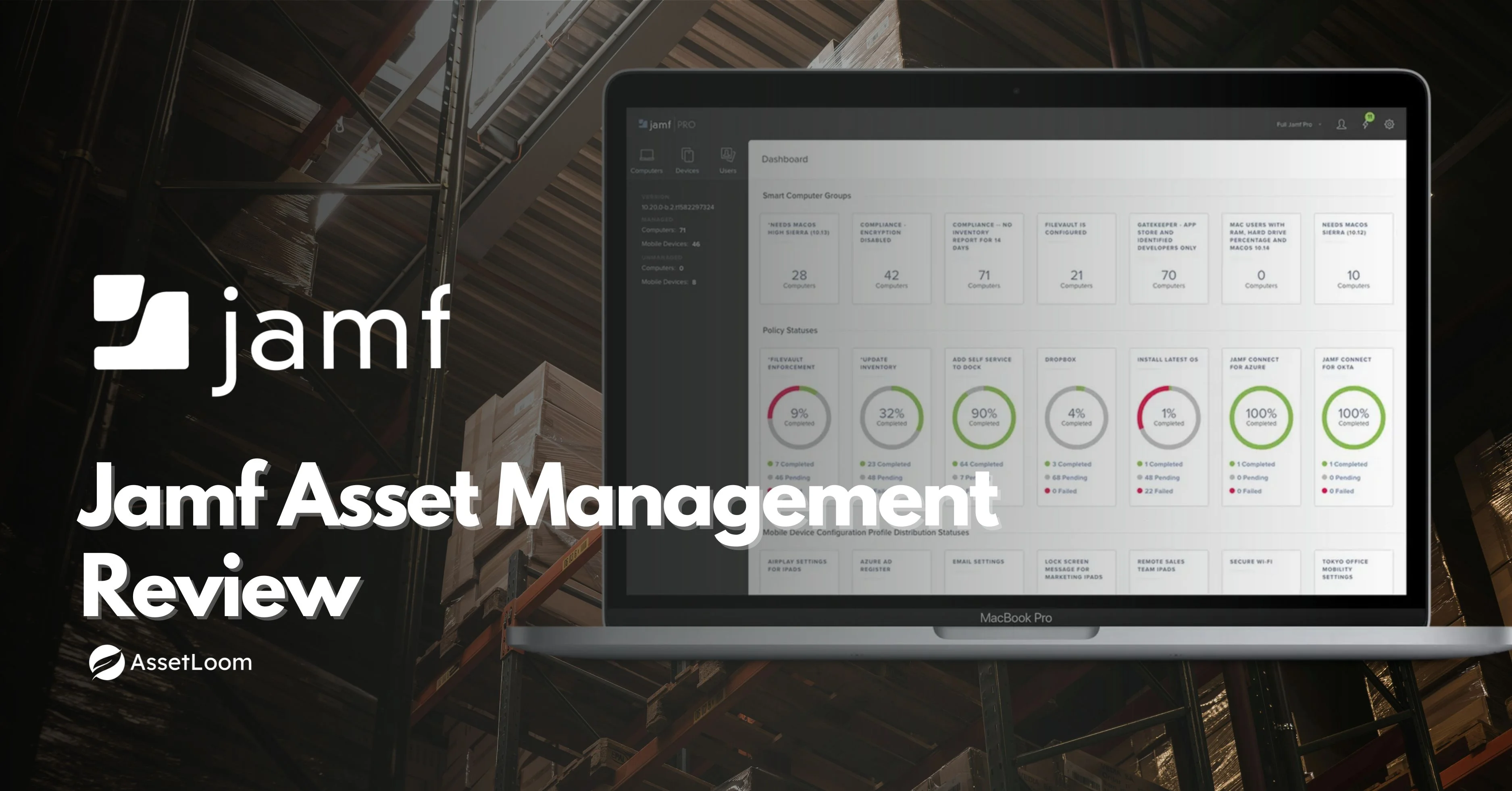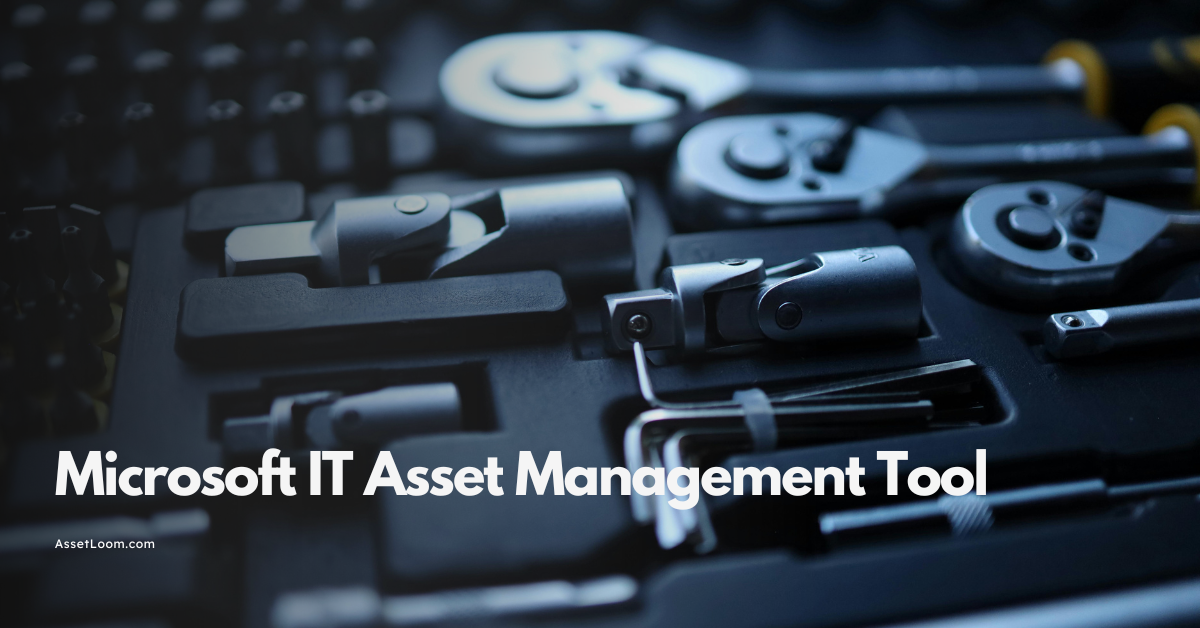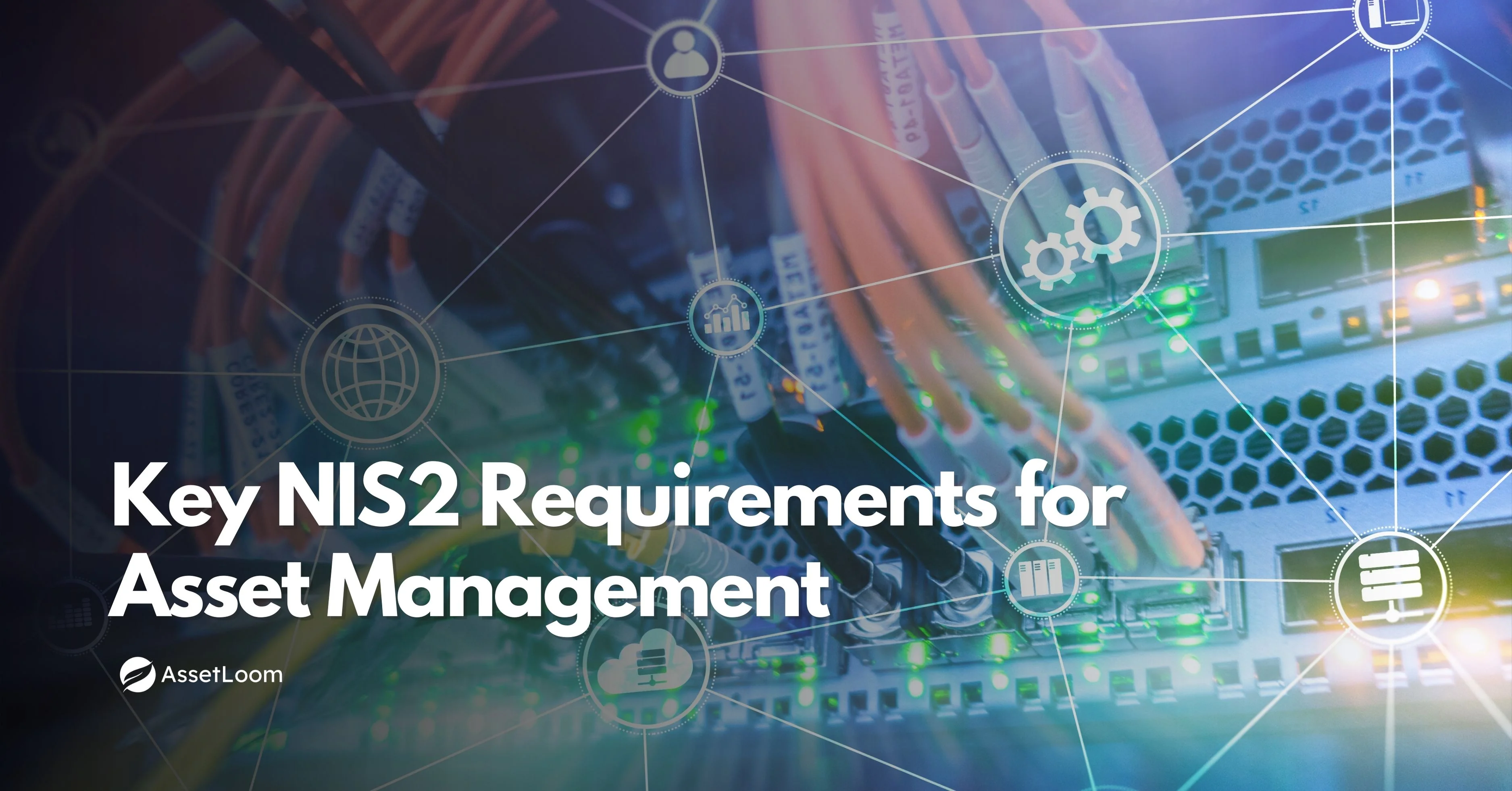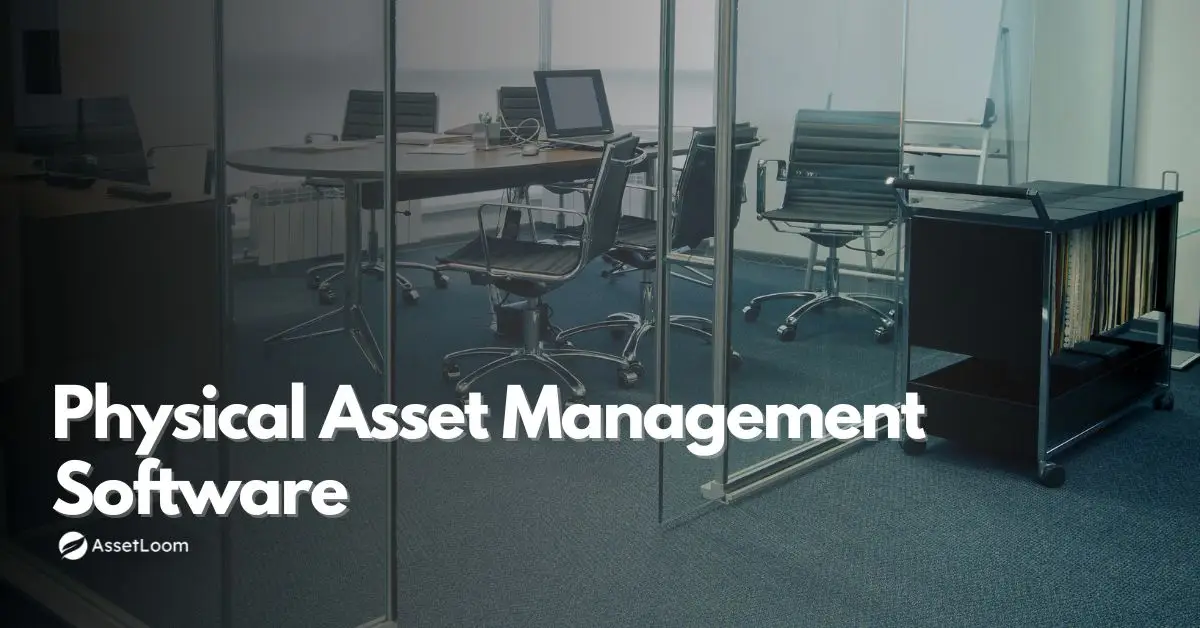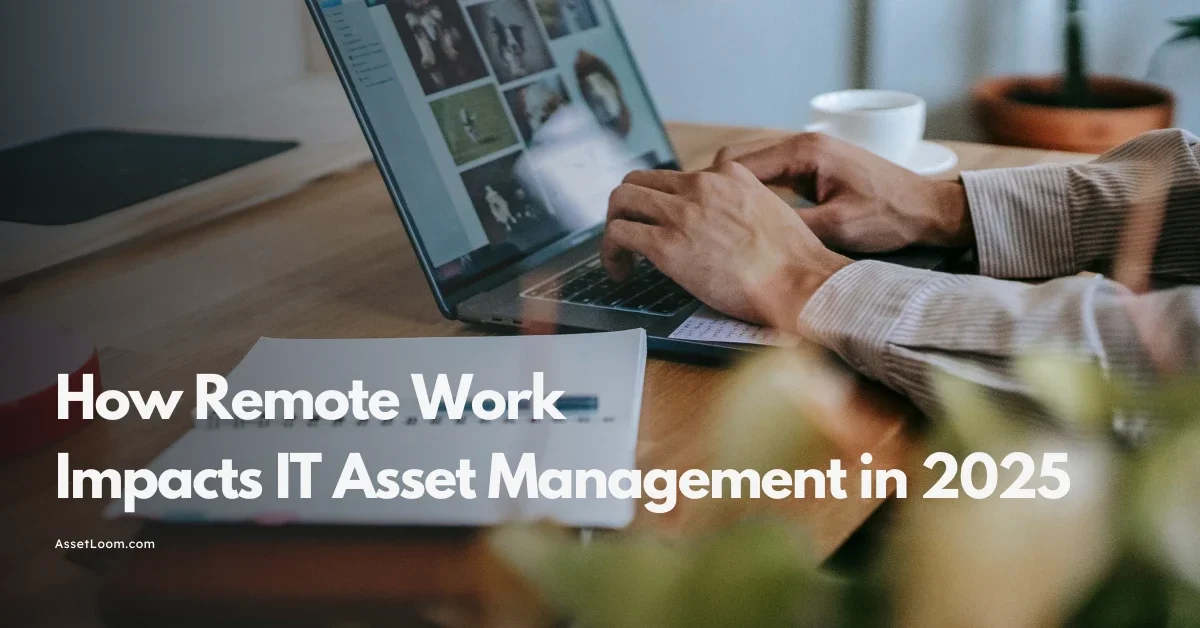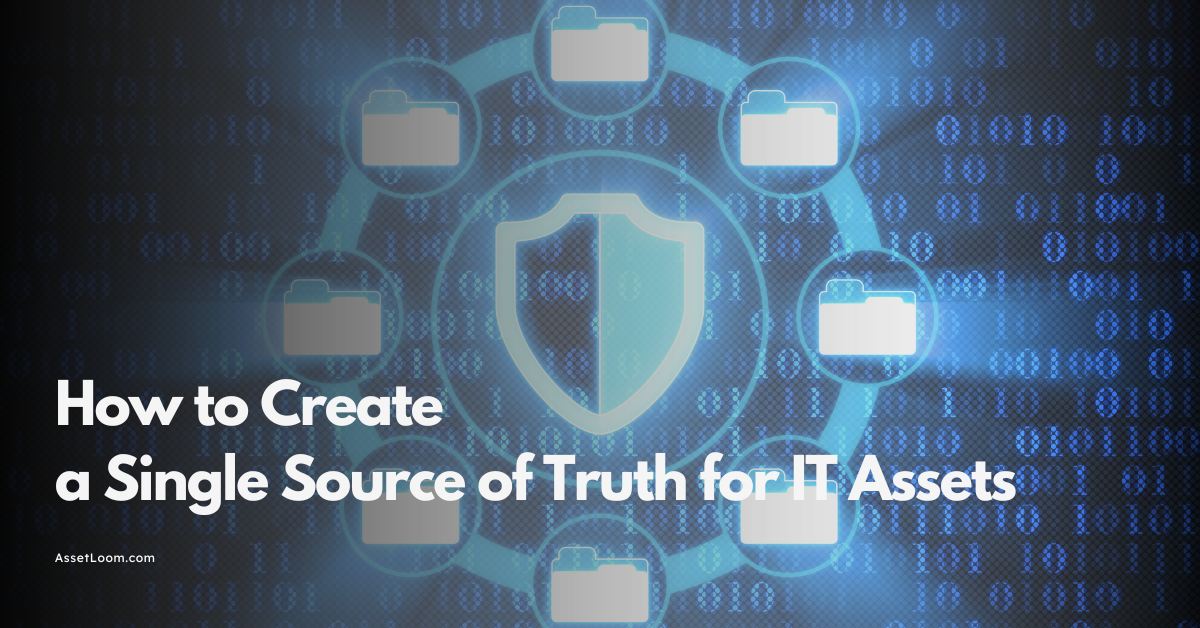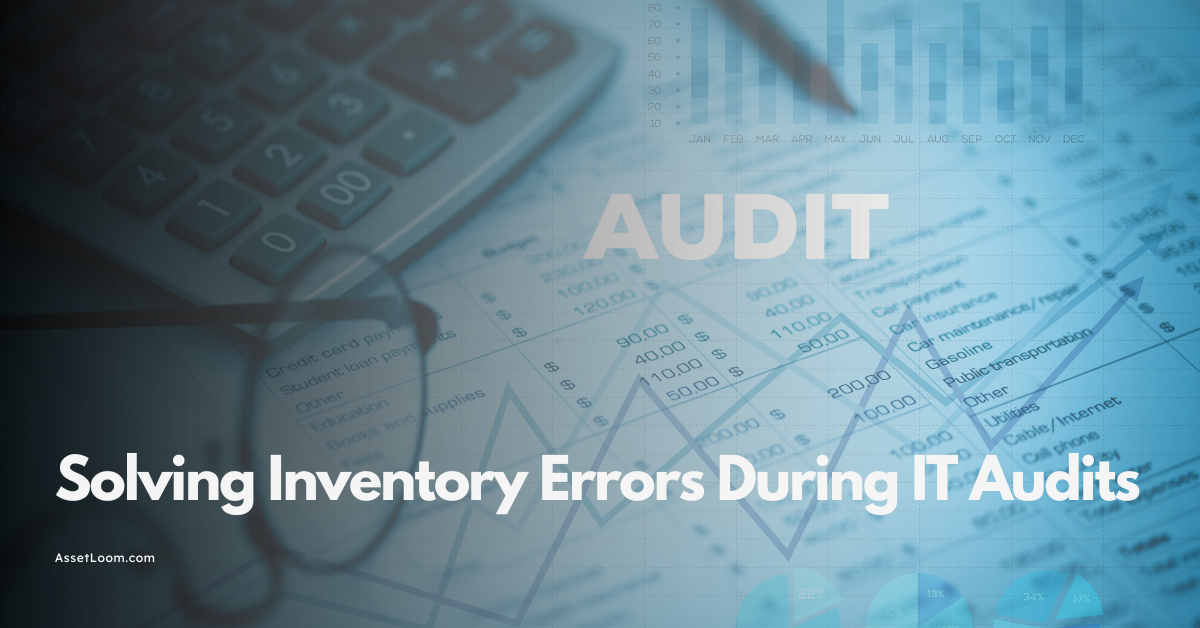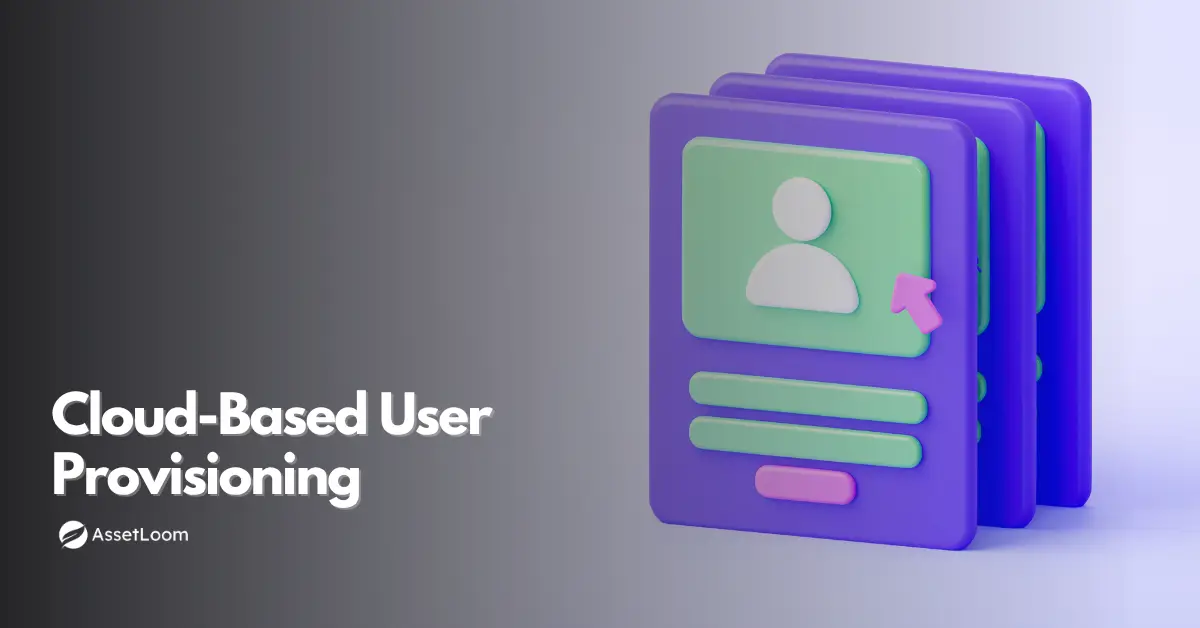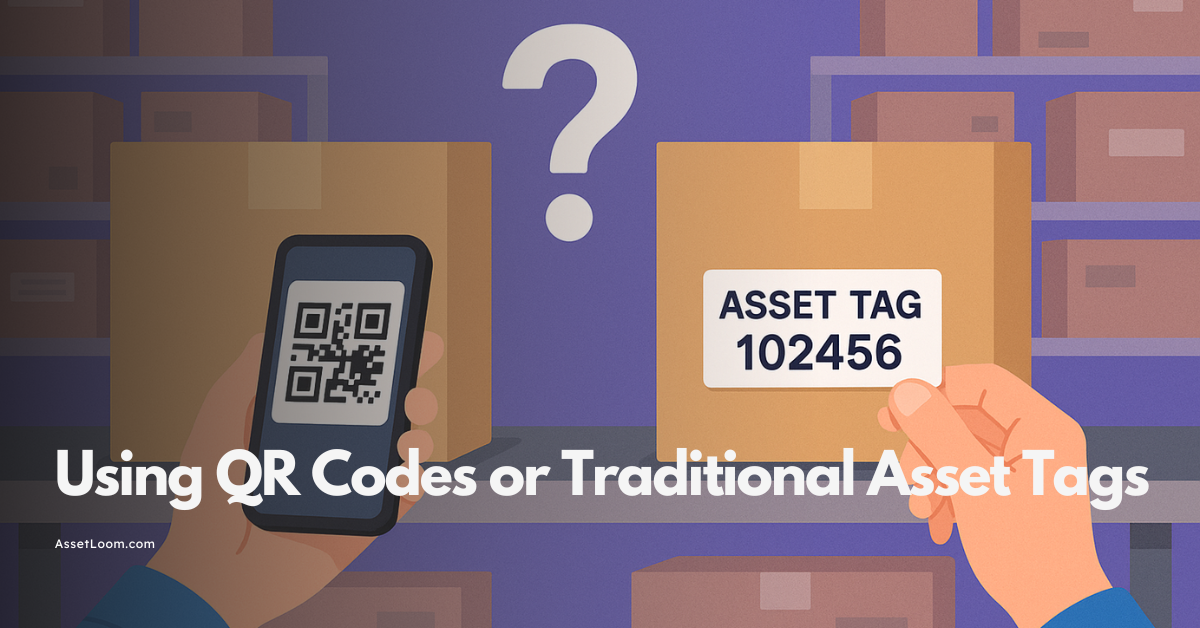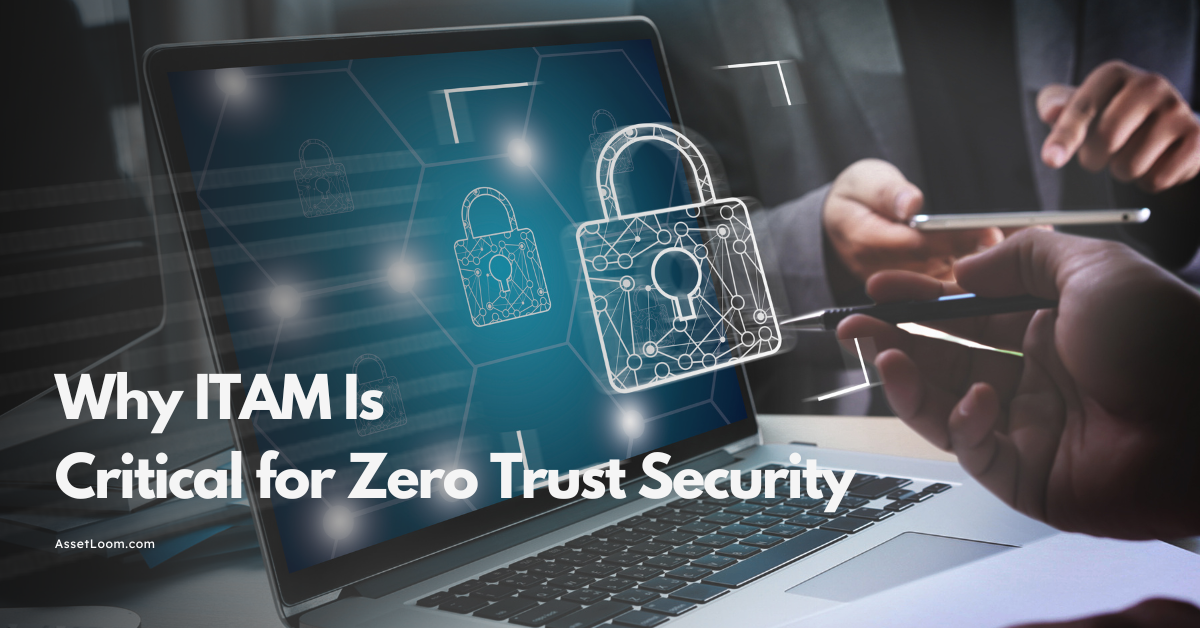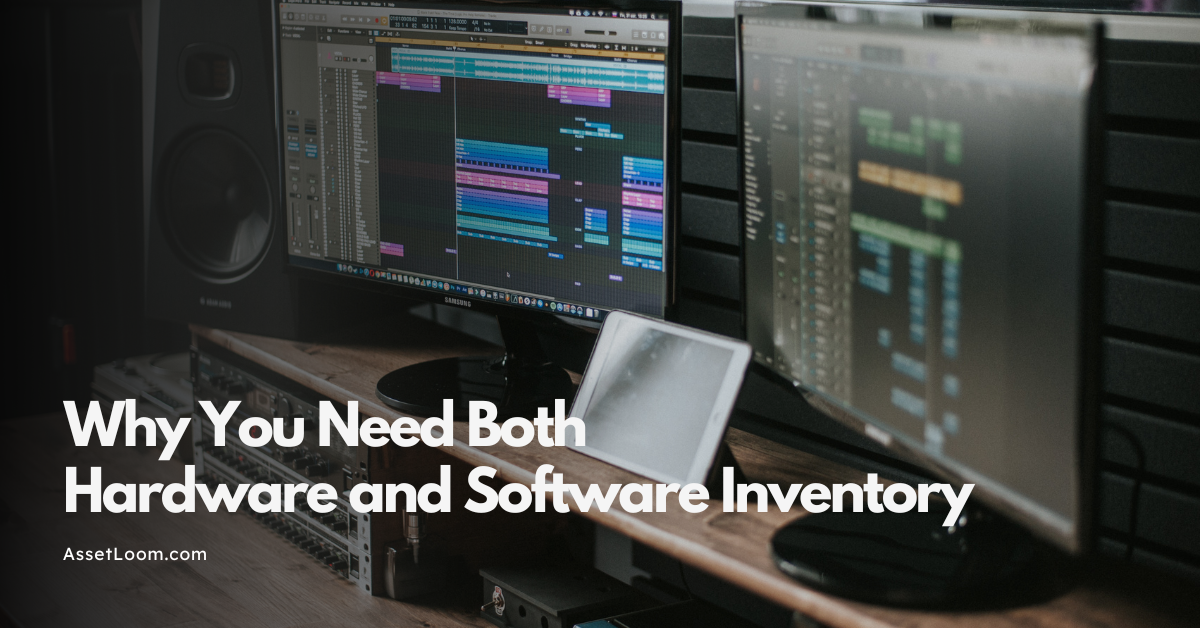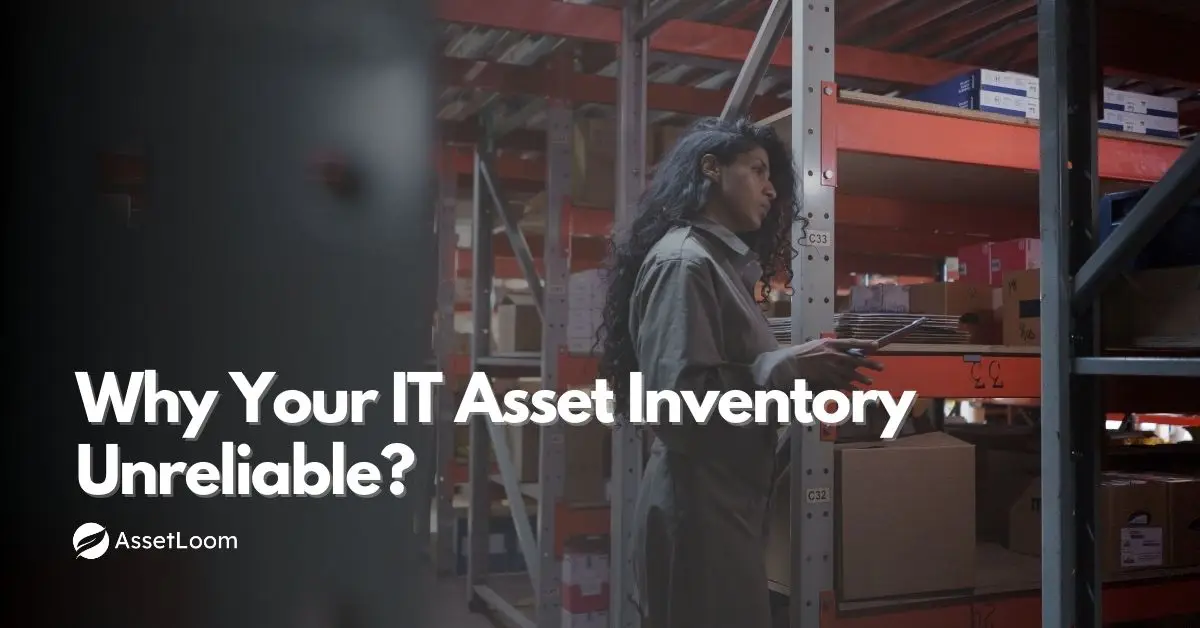The Hidden Costs of Incomplete IT Asset Records
Discover the real risks of incomplete IT asset records—how they lead to hidden costs, security gaps, and operational headaches most teams never see coming.
“We probably just missed one laptop. No big deal.” But here’s the thing: incomplete IT asset records aren’t as harmless as they seem. That “one missing entry” can be the start of security risks, audit failures, downtime, and wasted spend and most teams don’t notice until it’s too late.
It’s not just about what’s missing. It’s about outdated info, ghost assets, and flying blind when it matters most.
In this quick FYI, we’re unpacking the hidden costs of incomplete data—and why “almost accurate” isn’t good enough anymore.
What is “Incomplete IT Asset Record”? (It’s More Than You Think)
When most people hear “incomplete IT asset records,” they think of a few missing laptops or an old switch that didn’t make it into the database. But the reality is messier, and riskier.
Incomplete doesn’t just mean “missing.” It also means:
- Outdated hardware or software info
- Assets listed with vague or missing owners
- Devices tracked in five different spreadsheets
- Shadow IT that no one’s claimed or even noticed
- Tools or licenses still active long after the team using them is gone
These gaps usually show up when teams rely on manual tracking, patchwork systems, or siloed tools that don’t sync. And while “95% accurate” might sound okay, it only takes one rogue asset to open a door you didn’t know existed.
Here’s the truth: If your asset records aren’t current, complete, and centralized, they’re not reliable. And unreliable data leads to unreliable decisions.
The Sneaky Price Tags of Incomplete Data
Let’s talk about what incomplete IT asset records actually cost you. Not the obvious stuff like “a missing laptop,” but the hidden, compounding problems that sneak in when your data isn’t solid.
Here’s what you’re really paying for:
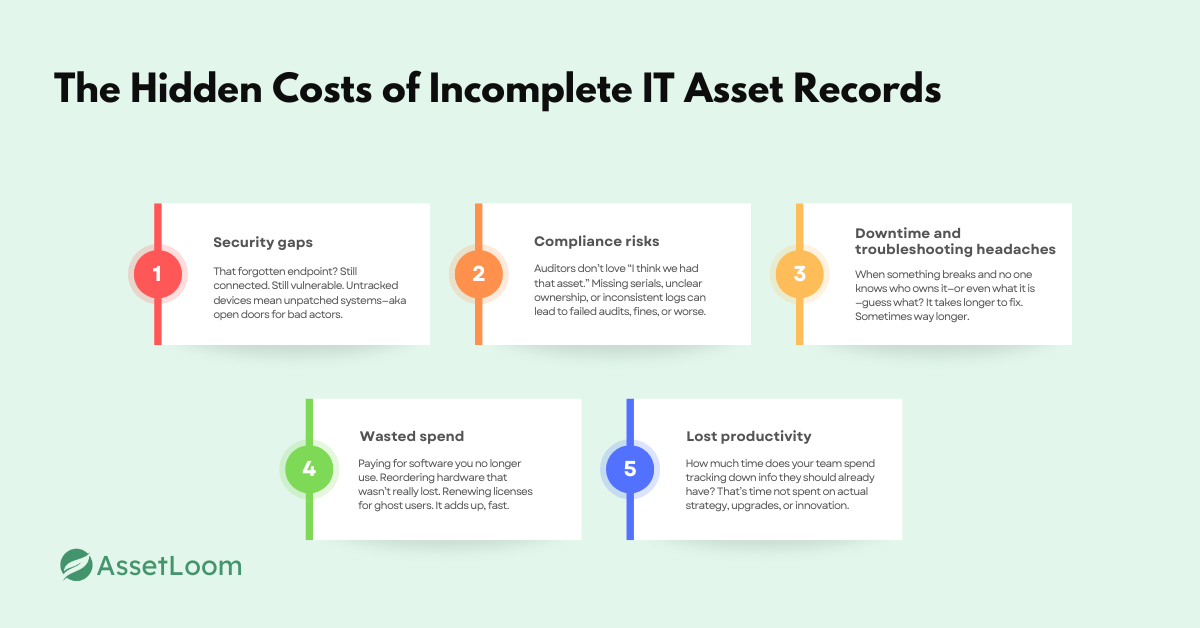
🔐 Security gaps
That forgotten endpoint? Still connected. Still vulnerable. Untracked devices mean unpatched systems aka open doors for bad actors.
📋 Compliance risks
Auditors don’t love “I think we had that asset.” Missing serials, unclear ownership, or inconsistent logs can lead to failed audits, fines, or worse.
⚠️ Downtime and troubleshooting headaches
When something breaks and no one knows who owns it, or even what it is, guess what? It takes longer to fix. Sometimes way longer.
💸 Wasted spend
Paying for software you no longer use. Reordering hardware that wasn’t really lost. Renewing licenses for ghost users. It adds up, fast.
🕵️ Lost productivity
How much time does your team spend tracking down info they should already have? That’s time not spent on actual strategy, upgrades, or innovation.
These aren’t dramatic failures, they’re slow leaks. And over time, they quietly drain budgets, energy, and trust.
“Good Enough” Is a Trap
A lot of teams fall into the trap of thinking, “We’ve got most of it covered. That’s good enough.”
Spoiler: it’s not.
Incomplete IT asset records don’t just sit quietly in a corner. They come back to bite—especially as your environment grows more complex. More devices, more remote users, more software, more everything. And suddenly, those little gaps become big blind spots.
Think about it:
- That “one device” not accounted for? It could be the one hit with ransomware.
- That license no one tracked? It could be the reason you fail a compliance check.
- That old database no one claimed? It could be silently costing you thousands.
It’s not about being perfect, it’s about not pretending that almost is safe. Because when it comes to IT visibility, “close enough” just isn’t.
What the Smart Teams Are Doing Differently
Not every IT team is stuck in the “good enough” zone. The ones ahead of the curve? They’re done playing hide and seek with their assets.
Here’s what sets them apart:
- They track continuously, not just once a quarter.
- Their data updates in real time, not after a CSV/Link> upload.
- They have one clean, centralized source of truth, not ten disconnected tools.
- And most importantly? They don’t guess. They know.
These teams don’t need to scramble during audits or cross their fingers during security reviews. They can actually plan upgrades, allocate budgets, and manage risk because they trust their asset data.
And yes, a ITAM tool like AssetLoom helps make that happen—without spreadsheets, without chaos, and without the constant “where did that go?” moments.
Wrap-Up
Incomplete IT asset records might seem like a small issue, but they chip away at your security, compliance, budget, and efficiency. Quietly. Constantly.
If your data isn’t complete, your decisions aren’t either.
So take a closer look:
- Are your records really up to date?
- Is every asset accounted for?
- Can you trust your system when something goes wrong?
If the answer is “not sure,” it might be time for a change.

Related Blogs
ITAM in General
Fixing Inventory Sync Issues Between ITAM and ITSM Tools

ITAM in General
The Hidden Costs of a Stolen Work Laptop & How to Prevent Them
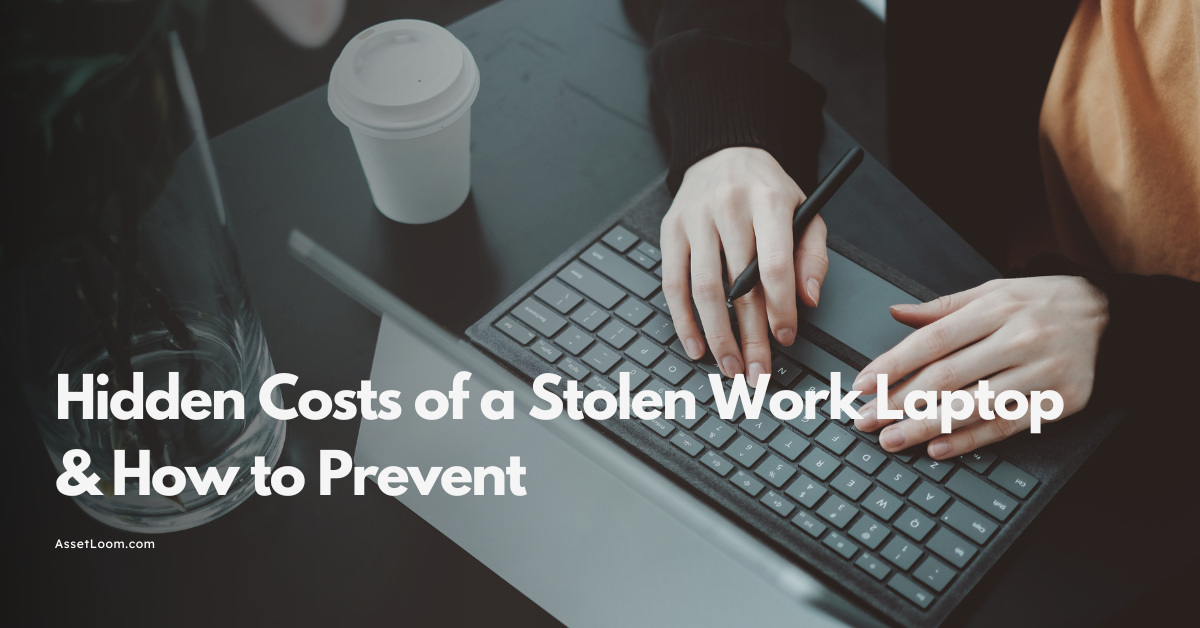
Subscribe for Expert Tips and Updates
Receive the latest news from AssetLoom. right in your inbox








